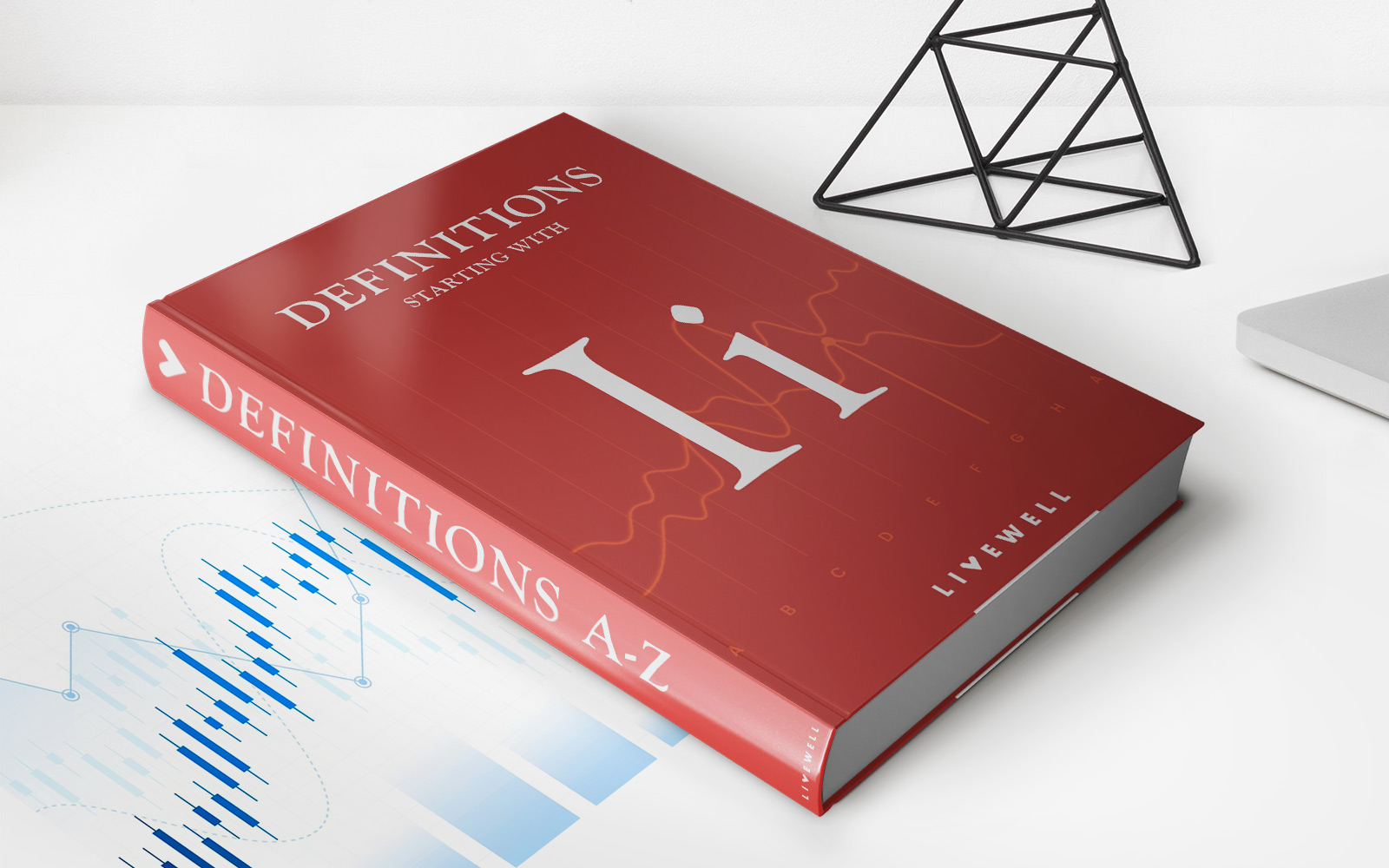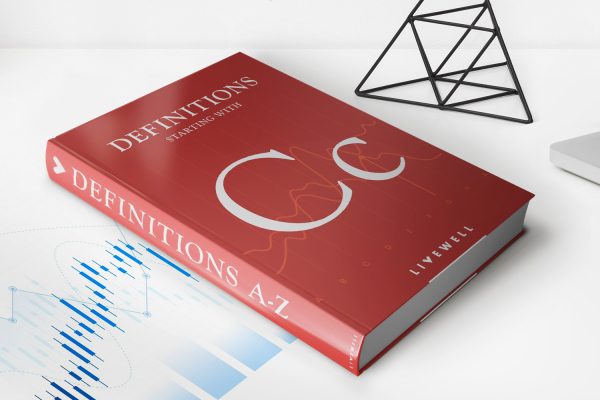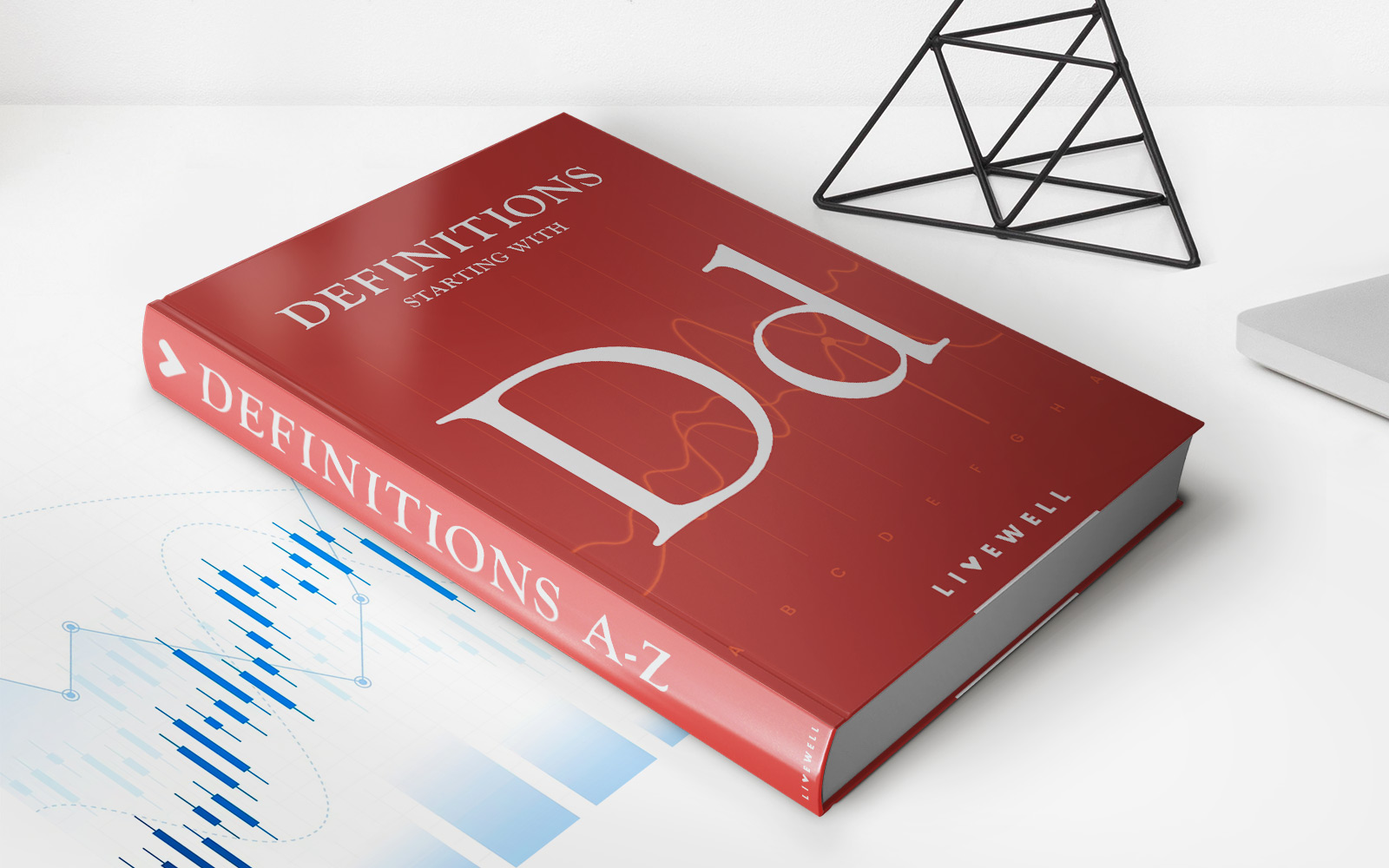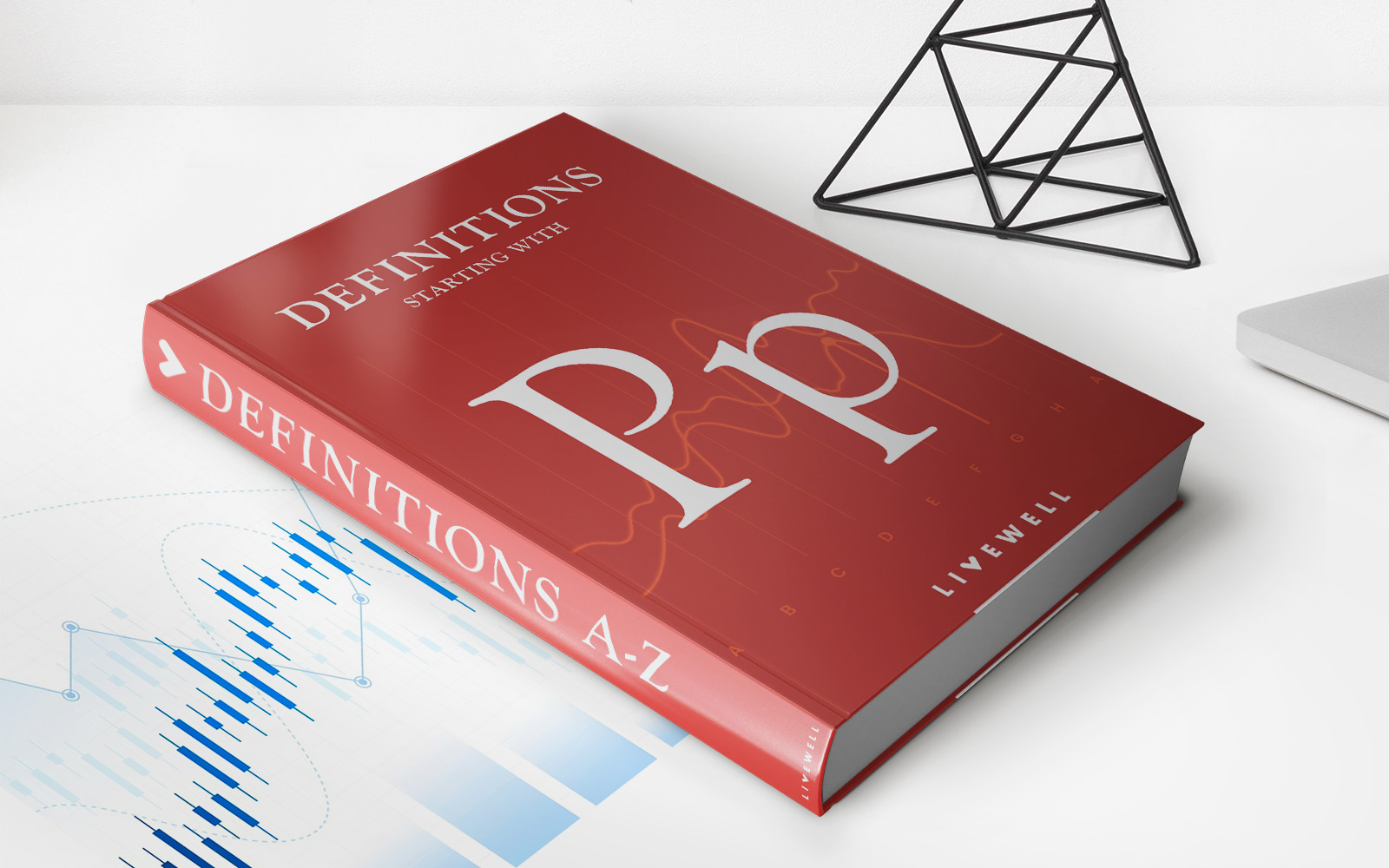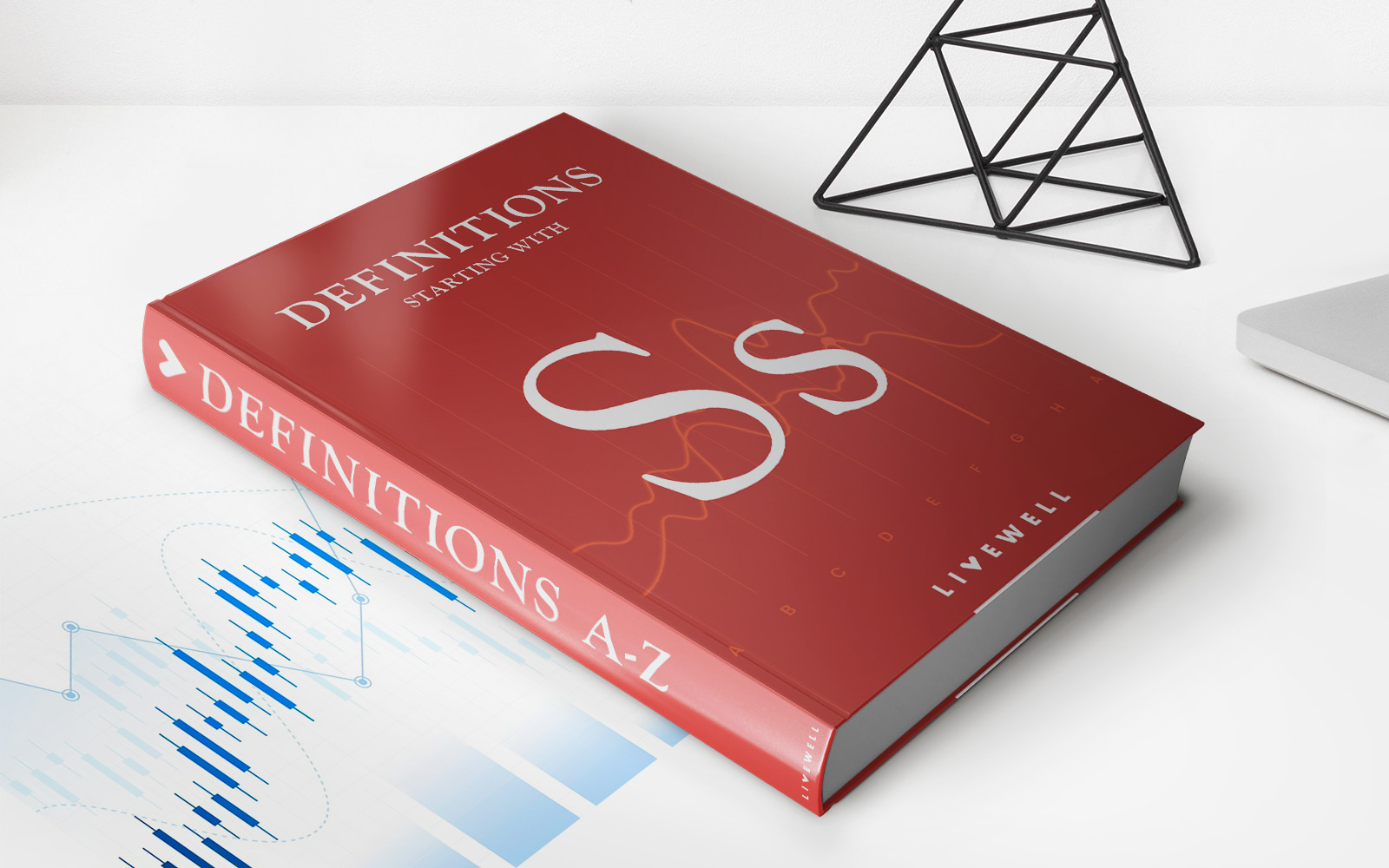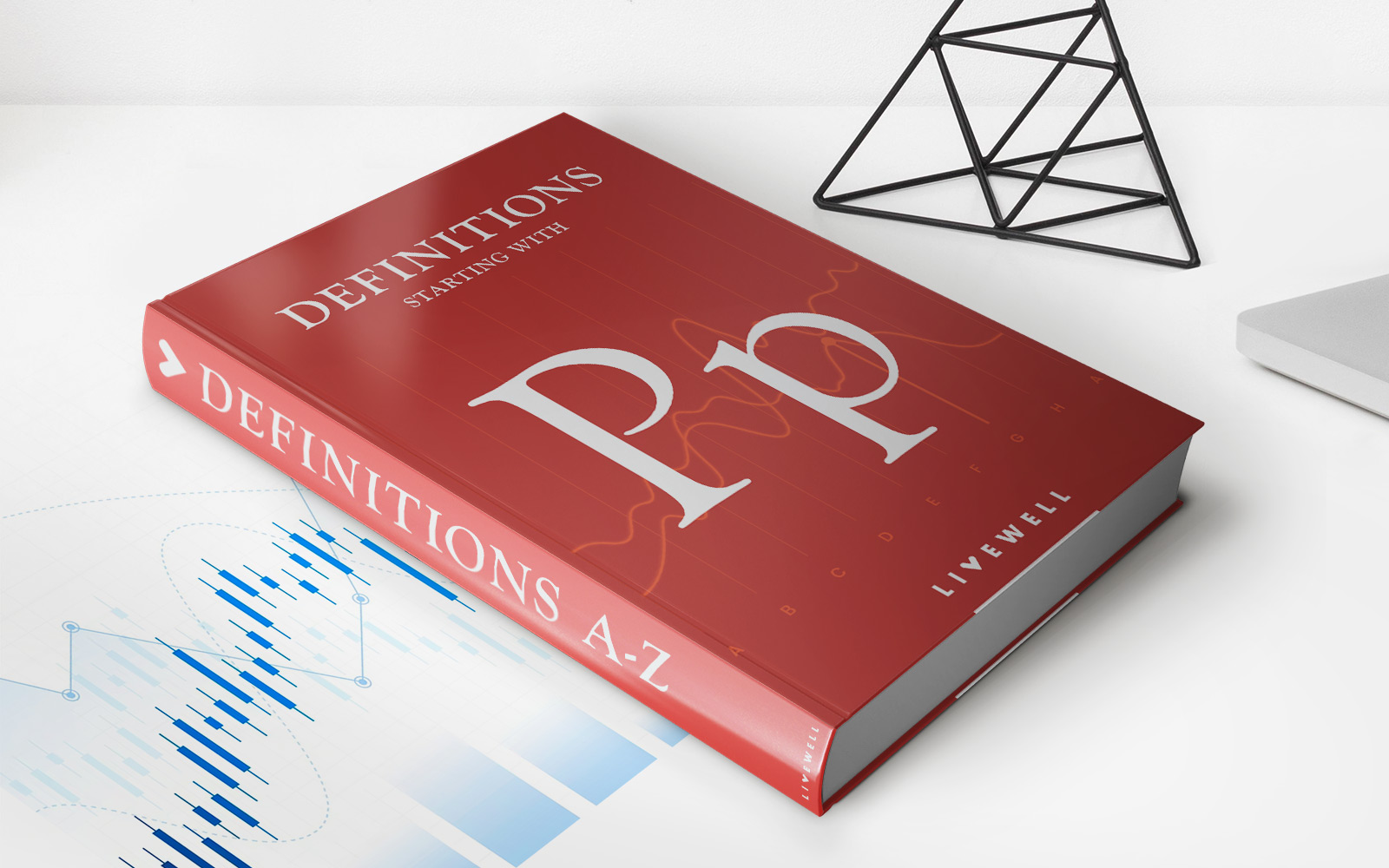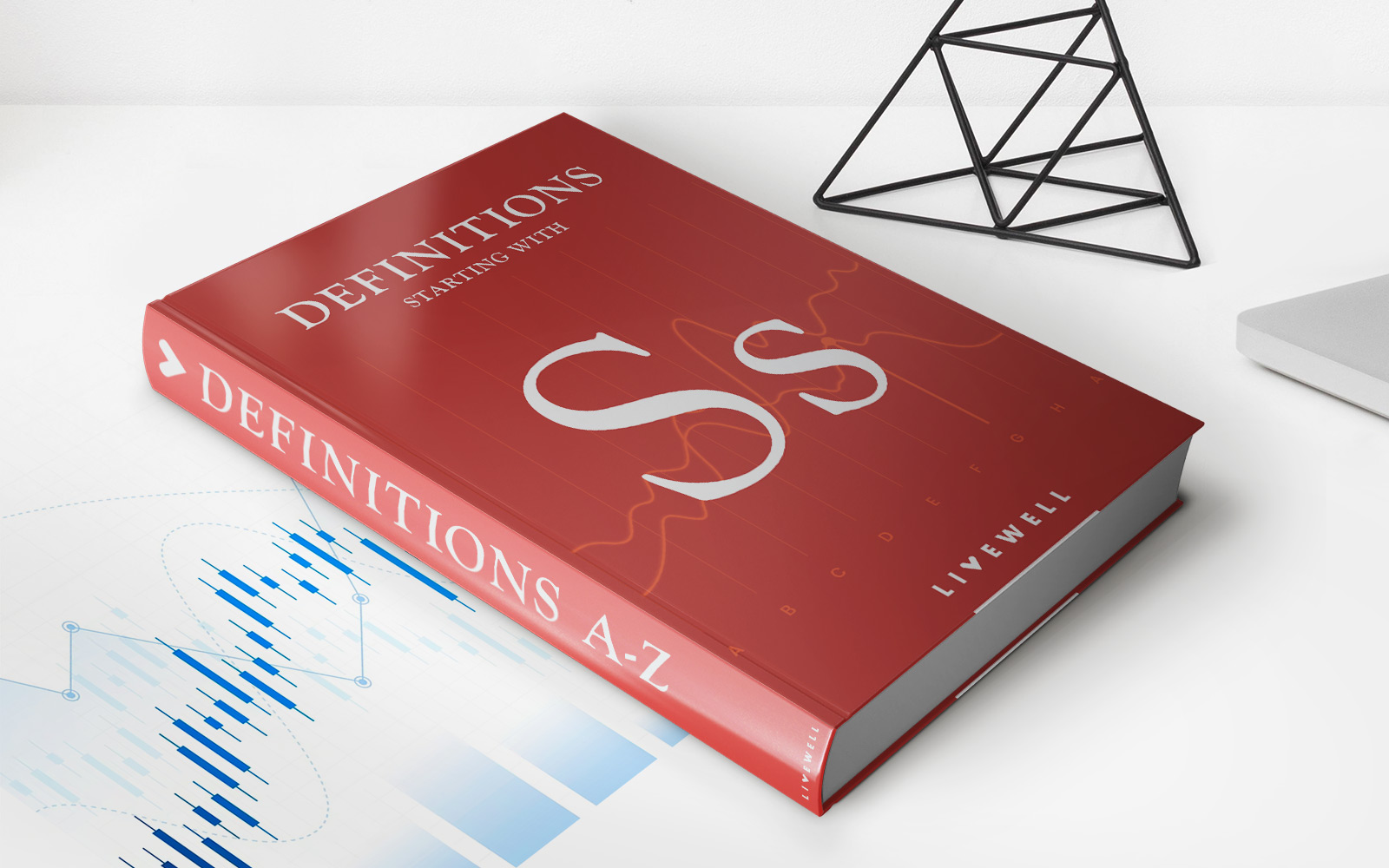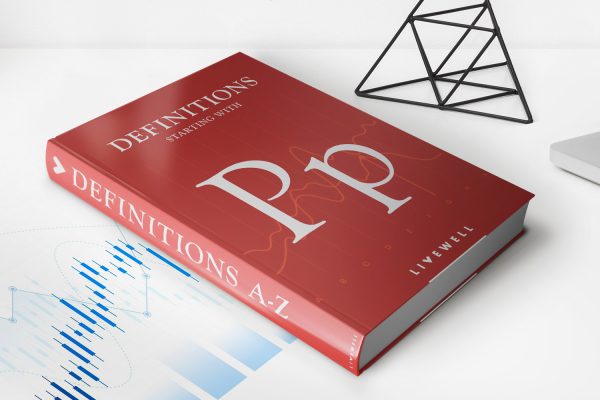

Finance
Poverty Gap: Definition, Measurement, Index
Published: January 9, 2024
Learn about the concept of poverty gap in finance, including its definition, measurement, and the index used to calculate it.
(Many of the links in this article redirect to a specific reviewed product. Your purchase of these products through affiliate links helps to generate commission for LiveWell, at no extra cost. Learn more)
Poverty Gap: Definition, Measurement, and Index – Bridging the Divide
Welcome to our Finance category! In today’s post, we are diving deep into the concept of the poverty gap – an issue that affects millions of people worldwide. But what exactly is the poverty gap, how is it measured, and why does it matter? Let’s explore!
Key Takeaways:
- The poverty gap measures the amount of money needed to bring individuals below the poverty line up to that threshold.
- Understanding and addressing the poverty gap can play a crucial role in reducing inequality and fostering economic growth.
Defining the Poverty Gap:
The poverty gap refers to the difference between the income that individuals or households earn and the poverty line – the threshold below which people are considered to be living in poverty. Basically, it measures the shortfall of income required to lift those individuals out of poverty.
Think of it this way: if the poverty line is set at $1,000 per month, and someone earns $800 per month, their poverty gap would be $200.
Measuring the Poverty Gap:
Measuring the poverty gap involves quantifying the extent of income or consumption deficiency that individuals below the poverty line experience. There are various methods to assess the poverty gap, and two commonly used ones are the headcount index and the poverty gap index.
The headcount index simply measures the percentage of the population living below the poverty line. However, this index does not account for the severity of poverty or the depth of the poverty gap.
The poverty gap index, on the other hand, takes into account both the number of people below the poverty line and the extent to which their income falls short of the poverty threshold. It provides a more comprehensive understanding of the financial strain experienced by those in poverty.
The Importance of Addressing the Poverty Gap:
Addressing the poverty gap is not only a matter of social justice but also has significant economic implications. Here’s why:
- Reducing Inequality: By narrowing the poverty gap, we can help decrease income inequality within societies. This fosters social cohesion, strengthens the economy, and promotes sustainable development.
- Fostering Economic Growth: Poverty can act as a barrier to economic growth, as individuals with limited resources struggle to access education, healthcare, and other essential services. Bridging the poverty gap empowers marginalized individuals and creates a more inclusive society, driving economic progress.
Efforts to address the poverty gap require a multi-faceted approach, including improving education, creating employment opportunities, and implementing social protection programs. Governments, civil society organizations, and individuals all have a role to play in this ongoing endeavor.
We hope this article has shed some light on the concept of the poverty gap, its measurement, and the value of addressing it. Together, we can work towards creating a more equitable and prosperous world for all!
